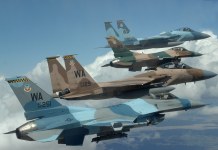India is on course to develop its very own fifth-generation multirole fighter jet, expected to enter service in the next decade. With this, India will join the league of the US, Russia, and China, which boast advanced jets such as F-35, Su-57, and J-20, respectively.
The Advanced Medium Combat Aircraft (AMCA) program aims to build a homegrown fifth-generation fighter jet with “sixth-generation characteristics,” intended to replace the aging fleet SEPECAT Jaguar, Dassault Mirage 2000, and MiG-27.
The AMCA is eyeing a complementary role for the Indian Air Force’s (IAF) air superiority fighters, to serve as a flexible force multiplier with versatile missions.
With the AMCA fighter, India will join the elite club of the US, Russia, and China, each of which has developed an indigenous fifth-generation aircraft.
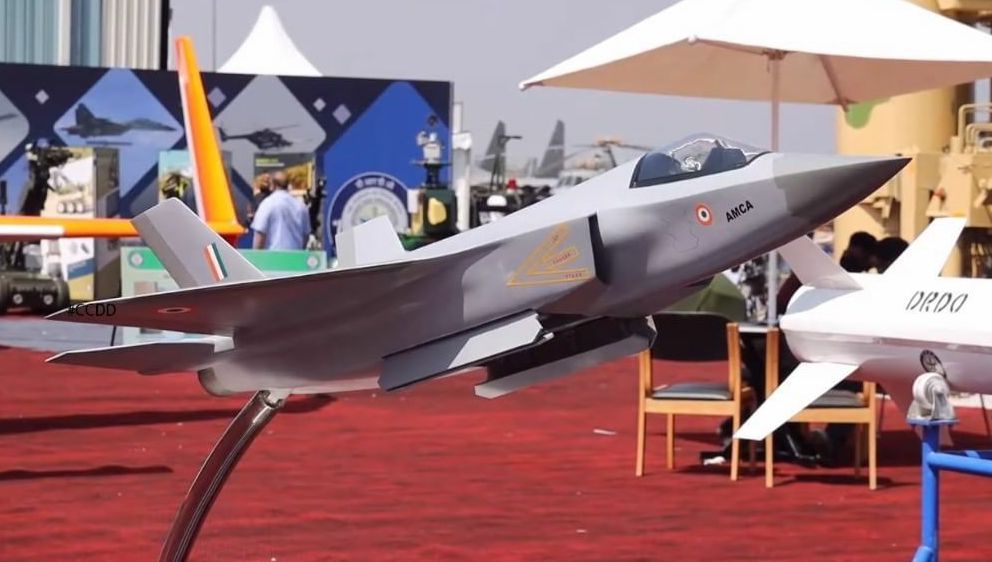
The origins of India’s own fighter program dates back to 2018 when the country withdrew from the joint Russian-Indian Fifth Generation Fighter Aircraft (FGFA) program to manufacture a new fighter based on Russia’s Su-57 model.
However, military experts suggest that the technical design and projected specifications of AMCA share many similarities with the US F-35, one of the most advanced jets in the world.
AMCA Program
The Advanced Medium Combat Aircraft (AMCA) is a program to develop a fifth-generation fighter aircraft.
The Aeronautical Development Agency (ADA) under India’s Defence Research and Development Organisation (DRDO) is responsible for designing the plane and state-run Hindustan Aeronautics Limited (HAL) is the primary contractor responsible for assembly and development of individual components like landing gear, air-to-air refueling (AAR) probe, and some parts of the composite structure.
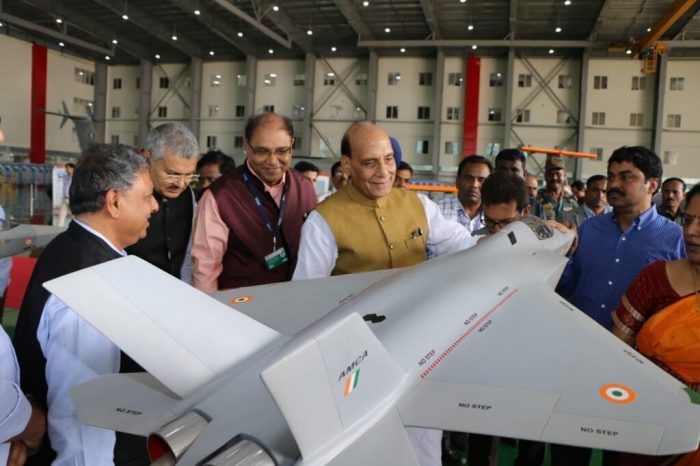
It is a multi-role combat aircraft designed for air superiority, ground attack, bombing, intercepting, strike, and other missions.
After initial approval in funding and design, a computer-aided design (CAD) model of the aircraft was shown at the ‘Aero India’ show in 2019.
The proposed fifth-generation “stealth” aircraft will have all-weather capabilities and supercruise capability. It is also planned to have both manned and unmanned operational capability.
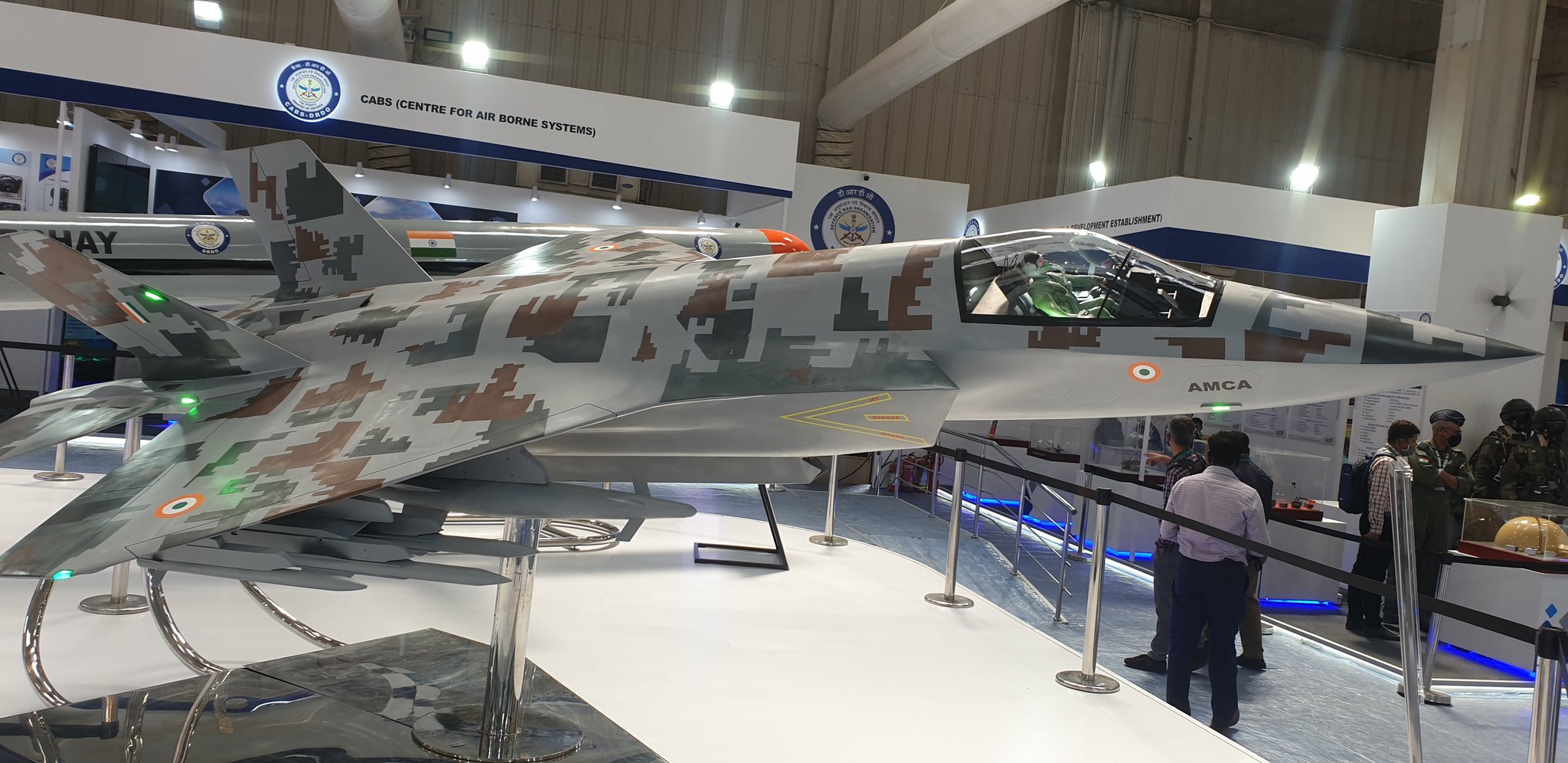
The indigenous jet will be equipped with advanced AESA radar, supermaneuverability, data fusion, and advanced avionics. Reports suggest that the fighter program will be developed in a joint venture with a private company, something that has not been done in India so far.
“We have to decide how we produce the jet after freezing (finalizing) its design. We want to bring in private Indian partners for the production,” R Madhavan, chairman-cum-Managing Director of the HAL, told Indian daily, The Tribune.
ADA is reportedly looking to fly the AMCA prototype by 2025 and commence production by 2026-28.
Other Fifth-Gen Jets
Although India kickstarted the process to build an indigenous fifth-generation jet as a fallout of the joint Russian program, the AMCA has more similarities with Lockheed Martin’s F-35 jet than to Russia’s Su-57 jet or China’s J-20 jet with respect to its design.
AMCA has been designed as a role-flexible fighter capable of executing a wide range of missions depending on loadout, according to National Interest.

The US, China, and Russia are the only three in the world to have fifth-generation jets in service. While the F-35 entered service in 2016, China became the second country in the world to induct its J-20 in 2017, followed by Russian Su-57 which was inducted into the air force in late 2020.
Russia’s Su-57 is a single-seat, twin-engine multi-role aircraft with supercruise, supermaneuverability, and stealth capability.
China’s J-20 is also a single-seat, twin-engine jet, meant for “air defense systems penetration” and precision strike missions.
On the other hand, Lockheed Martin’s F-35 has state-of-the-art stealth technology, advanced radars, electronic warfare systems and transformational capabilities that enable pilots to operate in any environment, against any threat.
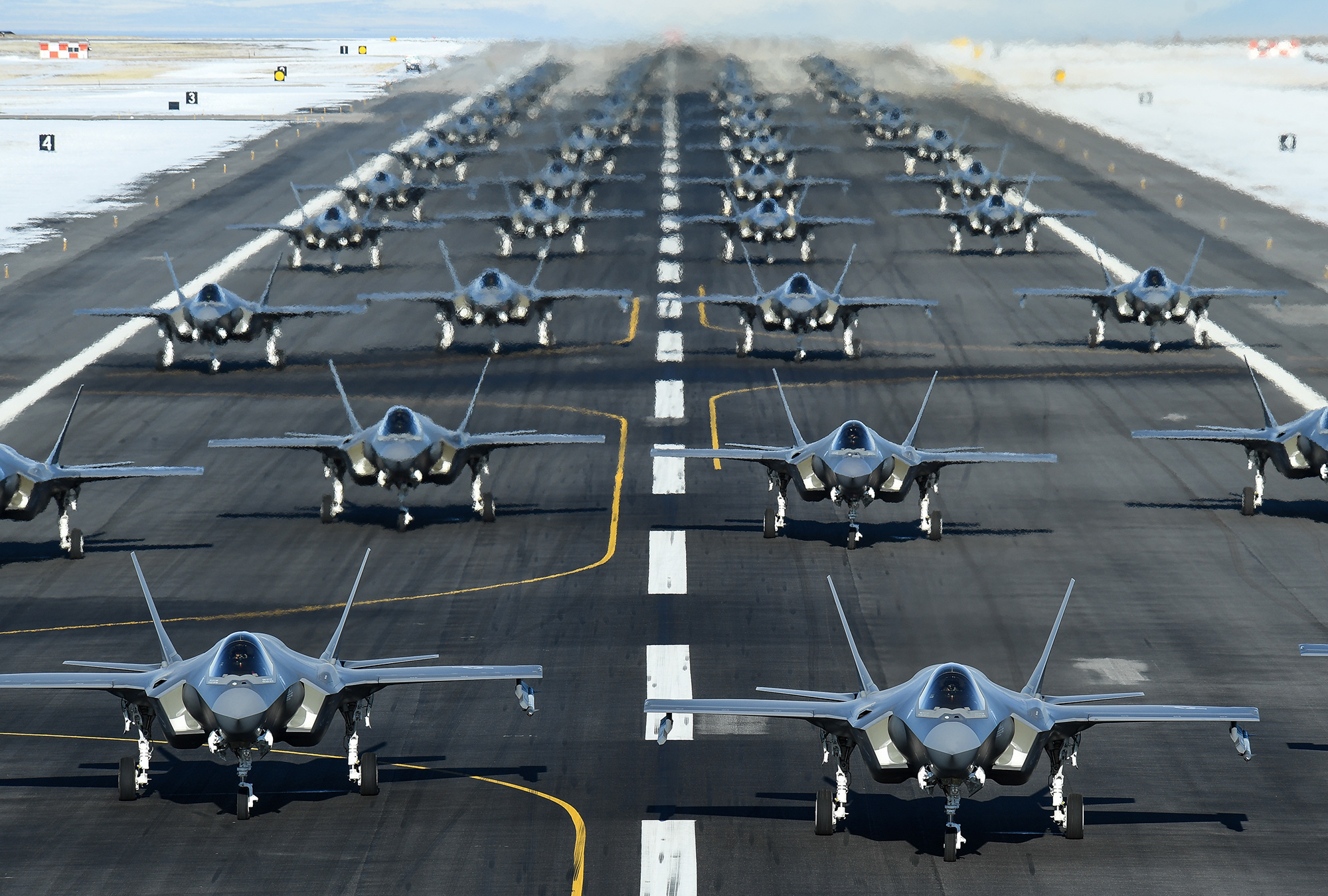
The F-35 is also capable of strategic attack and intelligence, surveillance and reconnaissance missions, making it much more versatile than the other jets.
AMCA is also projected to perform multiple missions from deep penetration to air superiority roles.
Indigenous Engine
Younis Dar, a senior defense journalist with The Eurasian Times, wrote a report on the procurement of engines by the Aeronautical Development Agency (ADA) for indigenous jets.
HAL AMCA: Why India Needs Its Own Lockheed-Martin To Develop 5th-Gen, Stealth Fighter Aircraft?
The ADA is eyeing the F414 GE jet engine to power the first two squadrons of AMCA fighters while the next two are expected to use the indigenous engine.
Scientists at the organization are faced with the daunting task of developing a completely new engine to suit the fifth-generation fighter, with the capability to produce a thrust of 110-kilo newton (kN), the report said.
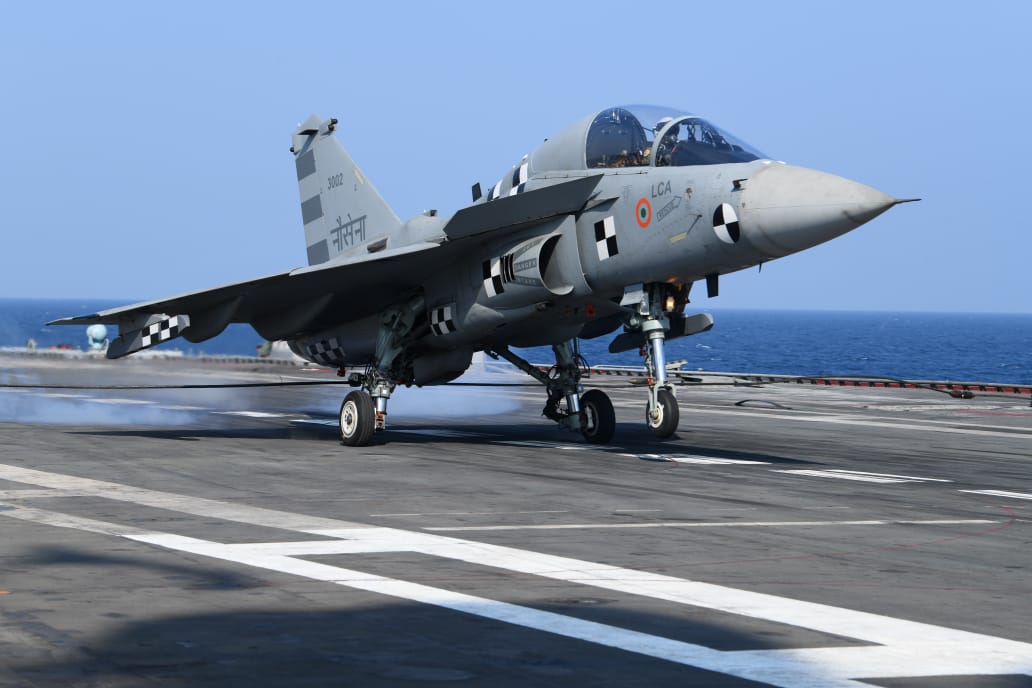
Earlier, an indigenous engine ‘Kaveri’ was being developed by DRDO, first mooted in 1989 when indigenous Tejas jet was on the drawing board. Despite 1,880 hours of engine test in 2010, several technical problems and cost overruns raised questions on the efficiency of the program.
Decaying performance at high altitude, combustion flicker, and insufficient thrust are some of the problems plaguing the integration of an indigenous engine with an Indian-made fighter jet.
Recent reports suggest that India is all set to ink another major defense deal with the United States (US), to acquire fighter jet engines worth $700 million.
The Indian Air Force (IAF) will buy a total of 83 jet engines of the LCA Tejas Mk-1A version, an indigenous fourth-generation fighter, from US company General Electric (GE).
The GE F404, also known as GE 404, is a turbojet engine used in numerous military aircraft, including McDonnell Douglas F/A-18 Hornet, KAI T-50 Golden Eagle, and Northrop F-20 Tigershark.
HAL AMCA: Why India Needs Its Own Lockheed-Martin To Develop 5th-Gen, Stealth Fighter Aircraft?
Every variant of the HAL Tejas, including the latest Mark 1A, has been powered by the F404. The AMCA along with indigenous LCA Tejas, French Rafale, and the Russian Sukhoi Su-30 will make the IAF a formidable force in the region.
Dar, when interviewing defense officials, analyzed that India would want to model its AMCA on the lines of the F-35 jet while dramatically cutting the costs.
Since India already rejected the Su-57 and capabilities of J-20 appear very uncertain, New Delhi is ‘getting inspired’ by US technology (as most of avionics and engine is based on western and not on Russian tech).
India’s 5th-Gen Fighter Jet ‘AMCA’ Will Have 6th-Gen Technology – Indian Air Force
Even with the Tejas fighter jet which will serve as the bae to AMCA, the aircraft is 60 percent Indian by government estimates. Value of other foreign components includes the plane’s General Electric F404 jet engine and Israel Aerospace Industries’ radar and electronic warfare systems.
Dar concludes that there is a possible shift in the Indian military circles who are looking to move away from Russian technology, given the lessons learned from the fallout of the FGFA project. Despite a robust defense partnership with Russia, it seems that India’s first fifth-generation fighter jet will not really host any Russian technology and could be like the Indian F-35.



